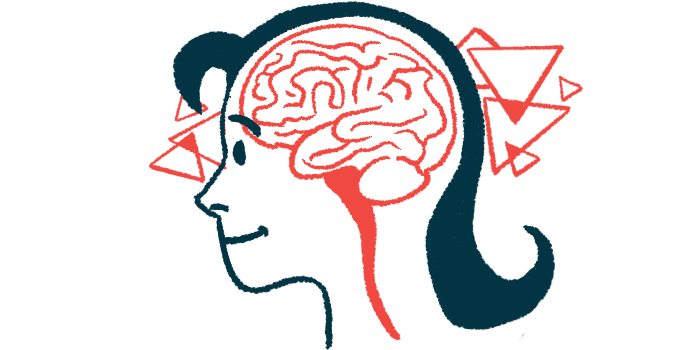Surgery can partially restore certain brain networks in Cushing’s
Patients also show improved mental health after pituitary surgery
Written by |

Surgery can partially reverse functional impairments in brain networks in people with Cushing’s disease after three months, when their cortisol levels return to normal, according to a recent study.
Researchers say elevated cortisol levels in patients with active disease are linked to connectivity impairments in three large-scale functional brain networks, or brain regions that are functionally connected to perform specific tasks.
“These findings suggest that [Cushing’s disease] patients have aberrant [brain] functional networks that are partially reversible toward normal after treatment,” they note.
The study, “Reversibility of Impaired Large-Scale Functional Brain Networks in Cushing’s Disease after Surgery Treatment: A Longitudinal Study,” was published in the journal Neuroendocrinology.
Cushing’s disease caused by tumor in pituitary gland
Cushing’s disease is a specific type of Cushing’s syndrome, which encompasses conditions driven by high cortisol levels, caused by a tumor in the pituitary gland.
Cortisol is a hormone that is usually produced in response to stress. In Cushing’s, persistently high cortisol levels may lead to a wide array of symptoms, including weight gain, skin changes, muscle weakness, and fatigue.
Neuropsychiatric symptoms can also occur, including memory and language issues, attention deficit, emotional dysfunction, and decline of executive function, which refers to cognitive skills used to plan and execute everyday tasks.
Recent studies using neuroimaging techniques, like MRI, demonstrated that Cushing’s disease can cause changes in functional connectivity between brain regions. These changes can be partially restored after treatment to normalize cortisol levels, particularly through transsphenoidal pituitary surgery — the first-line treatment for Cushing’s disease that has a high remission rate.
“However, it remains unclear how [Cushing’s disease] affects large-scale functional networks … and whether these effects are reversible after treatment,” the researchers wrote.
To know more, researchers in China analyzed data from 37 people with active Cushing’s disease who had undergone transsphenoidal pituitary surgery, and 37 people without the disease and had not received glucocorticoid treatment who served as controls.
Both groups were similar in age, sex distribution, and years of education.
All patients in remission after pituitary surgery
All patients achieved disease remission after pituitary surgery, as confirmed by normal cortisol levels achieved within seven days after the procedure. After three months, cortisol levels remained within a normal range. Emotional symptoms like depression and anxiety significantly eased after treatment, although depression levels were still higher in patients than in controls.
“These … results suggest that depressive symptoms were partially recovered in endocrine-remitted [Cushing’s disease] patients,” the researchers wrote.
Functional networks were computed from resting-state functional MRI data of active Cushing’s patients and control participants. Based on the observed differences, a classification model was built to distinguish both groups.
The biggest differences between patients and controls were in three functional networks: the cerebellar network, which is involved in motor control; the fronto-parietal network, which is involved in executive function; and the default mode network, which is associated with passive tasks that do not demand external attention, like remembering the past or thinking about the future.
Considering these three functional networks, the classification model was able to correctly identify 25 patients with active disease (67%) before treatment, with an accuracy of 72%.
These findings suggest that [Cushing’s disease] patients have aberrant [brain] functional networks that are partially reversible toward normal after treatment.
Significant improvements in functional connectivity were seen in the cerebellar and fronto-parietal networks, which are two of the three functional networks, in Cushing’s patients three months after surgery.
“These results indicate that the [functional networks] of the endocrine-remitted [Cushing’s disease] patients partially recovered towards the [controls] at 3 months after treatment,” the researchers wrote.
Additional analyses revealed changes in these two functional networks were correlated with other clinical measures before and after treatment. Particularly, higher functional recovery of the fronto-parietal network was found to be associated with a reduction in 24-hour urine-free cortisol levels after treatment, while impaired functional connectivity of the cerebellar network was associated with emotional dysfunction in patients with active disease.
“These findings suggest that pattern recognition techniques could help identify informative functional brain networks in [Cushing’s disease] patients,” the researchers wrote. This “may help open up novel avenues for their postoperative interventions and assessments after endocrine remission.”







